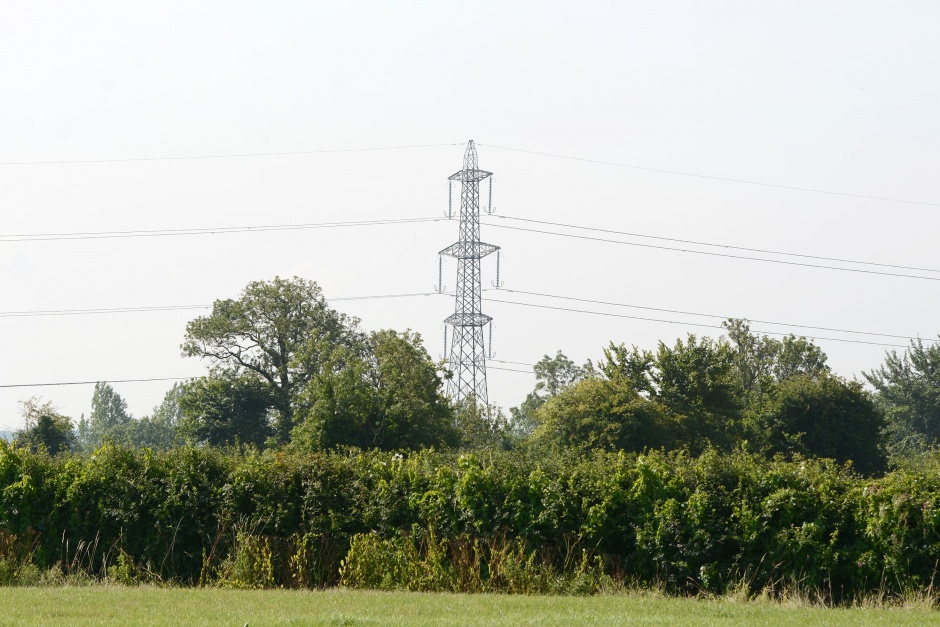Record global energy demand drives CO2 emissions increase
Global energy-related CO2 emissions increased last year as demand for energy grew by 2.3 per cent, a rise driven partly by stronger heating and cooling needs in some regions.

These findings are part of the International Energy Agency’s Global Energy & CO2 Status Report which assesses global energy consumption and energy-related CO2 emissions for 2018. It found demand for energy rising at its fastest pace this decade with natural gas accounting for 45 per cent of the rise in energy consumption with strong growth in China and the US.
Demand for all fuels increased, with fossil fuels meeting nearly 70 per cent of the growth for the second year running. Solar and wind generation grew at double-digit pace, with solar increasing by 31 per cent.
As a result, global energy-related CO2 emissions rose by 1.7 per cent to 33 Gigatonnes (Gt) in 2018. Coal use in power generation alone surpassed 10Gt, accounting for a third of total emissions, with most of it generated by a young fleet of coal power plants in Asia.
Register now to continue reading
Thanks for visiting The Engineer. You’ve now reached your monthly limit of news stories. Register for free to unlock unlimited access to all of our news coverage, as well as premium content including opinion, in-depth features and special reports.
Benefits of registering
-
In-depth insights and coverage of key emerging trends
-
Unrestricted access to special reports throughout the year
-
Daily technology news delivered straight to your inbox










Water Sector Talent Exodus Could Cripple The Sector
Well let´s do a little experiment. My last (10.4.25) half-yearly water/waste water bill from Severn Trent was £98.29. How much does not-for-profit Dŵr...